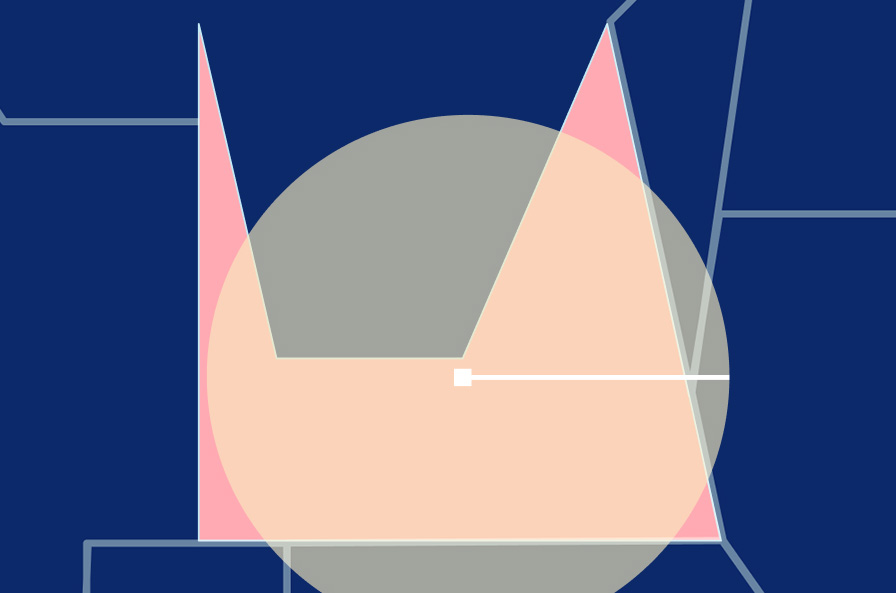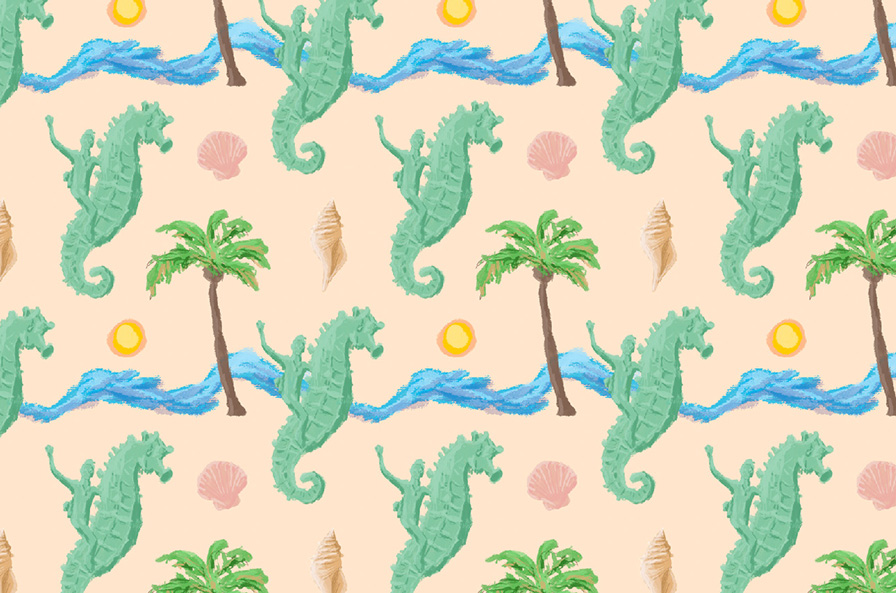Design Leadership for the Real World
Phil Bolles | Lead UX, Manager, Multi-disciplinary Designer, Professor
How do we design in the real world? Projects don't always start with the idea; often, they begin with an existing product, on which to iterate. Some projects start in the middle, some start toward the end — and some require large teams, but often a small, cross-functional team is the right approach.
Iteration isn’t always a forward-moving process — instead of constantly adding, sometimes we need to subtract.
Factors in Good Design
I’ve led design teams for years, and I’ve noticed a few big factors in good design: first, prototyping early (with realistic content and data) helps us to test and determine the viability of a product, or of an iteration.
Next, shipping is often merely an early step toward good design. Ship when you have viability, and try to learn from how people actually use your product.
Beyond that, design creates systems, and we need to understand the variables and actors in those systems in order to create great products.
How I Can Help Your Organization
-
Design Management
-
Principal/Lead interaction design
-
Accessibility expertise
-
DesignOps
-
Systems thinking
-
Facilitation and collaboration between departments
-
Design systems creation, incl. design tokens
-
Heuristic expertise
Select Work
When patients search for a doctor, using their ZIP code, is a centerpoint based on a bounding box really the best approach?
We employed tree testing to provide evidence of the most effective new I.A. for a client's site.
How do people know which sports may be most beneficial for their teenagers to play? And how might they customize rankings based on what is important to them or their family members?
Side Projects
What's better than making your own wrapping paper?
When you need to bring 120 titles and dates into their own files, just write a script for it.



